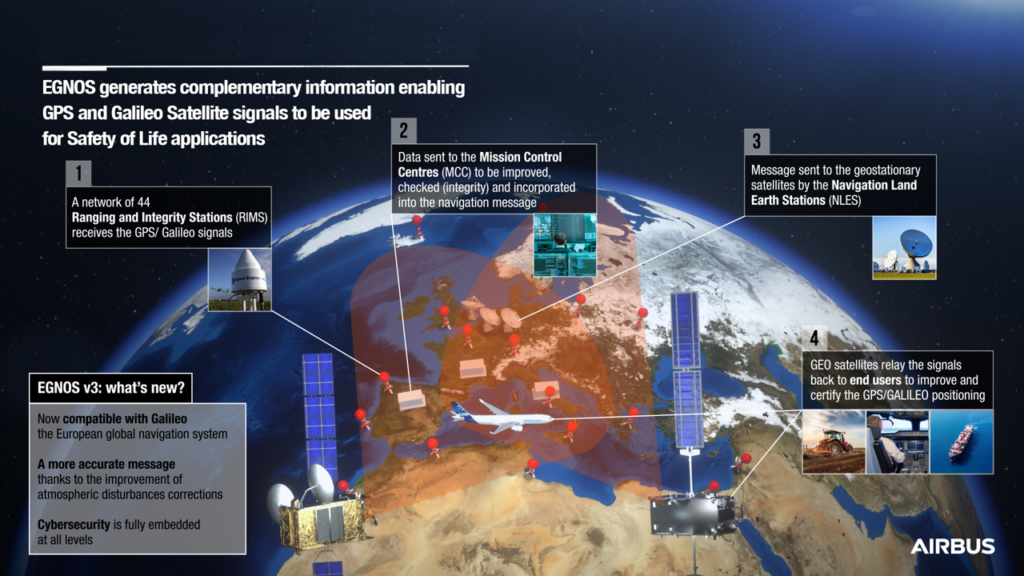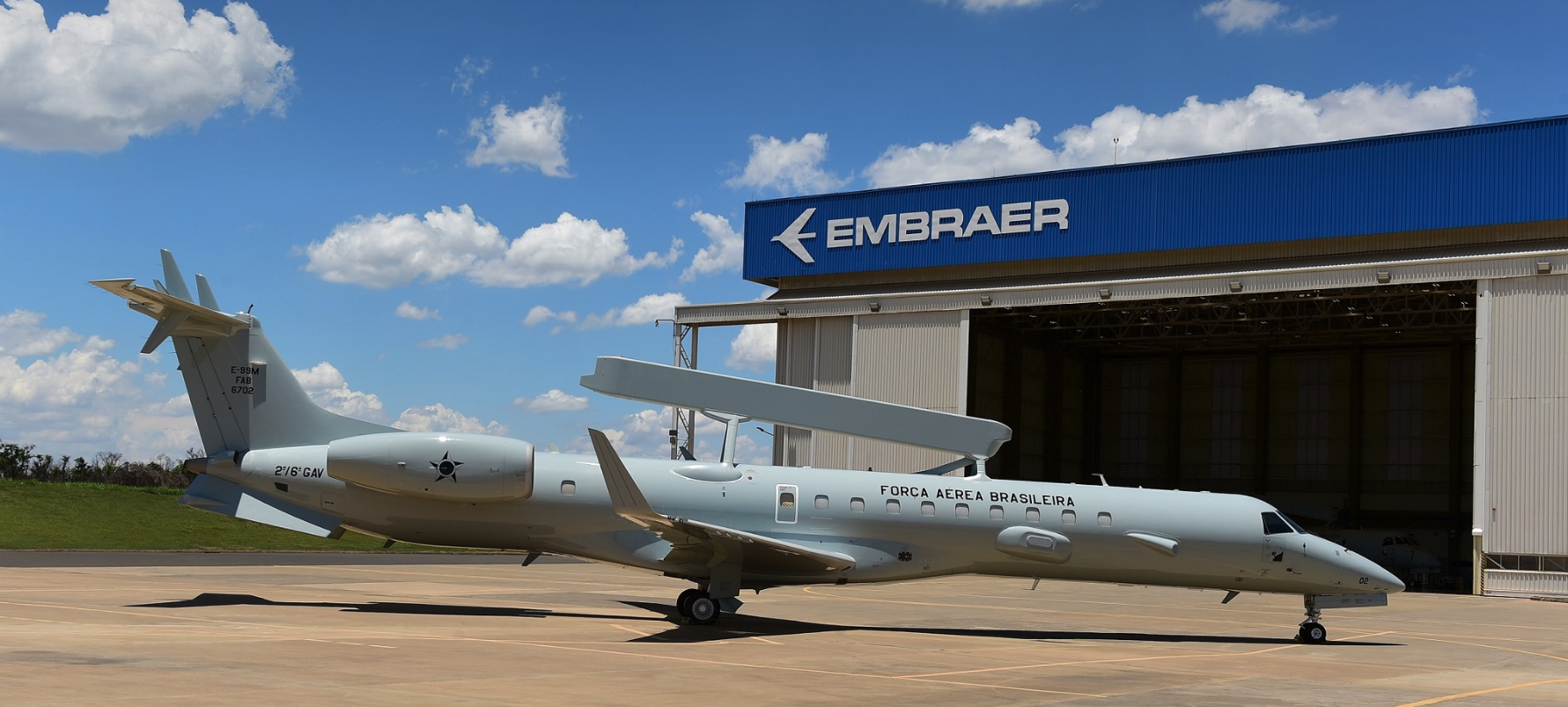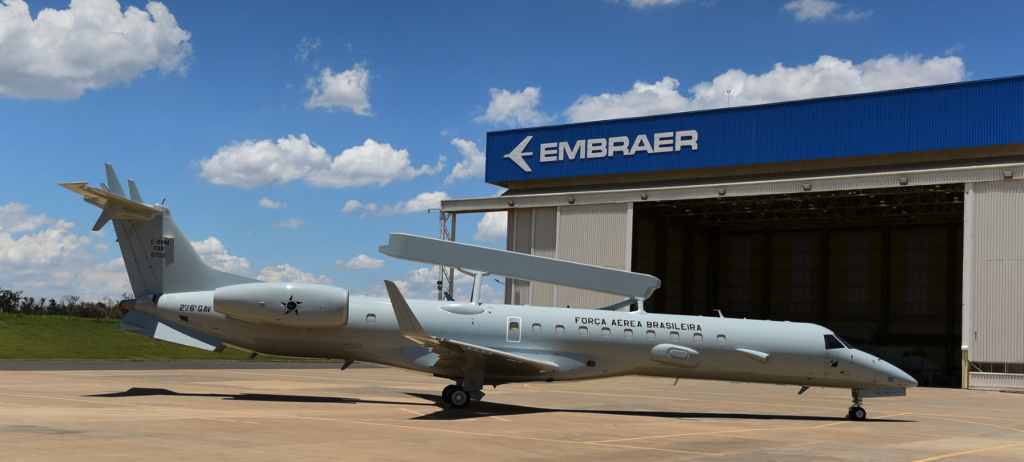SEATTLE, May 25, 2021 /PRNewswire/ — Boeing [NYSE: BA] and SMBC Aviation Capital today announced the lessor is positioning its portfolio for air traffic recovery by ordering 14 additional 737-8 jets, growing its 737 MAX portfolio. The new order comes as airlines prepare for a robust return to air travel and modernize their narrowbody fleets to reduce fuel use and carbon emissions.
The new purchase builds SMBC Aviation Capital’s 737 MAX portfolio to 121 jets, expanding their investment in Boeing’s single-aisle family. SMBC Aviation Capital also continues to incorporate new 737 MAX airplanes into the global fleet. In the first quarter of 2021, the lessor delivered 13 737-8s to customers, including 11 planes to Southwest Airlines in the U.S. and two planes to TUI in Europe.
The SMBC Aviation Capital purchase follows recent orders and commitments from Alaska Airlines, Southwest Airlines and United Airlines. The total number of gross orders and commitments for the 737 MAX this year now exceeds 250 airplanes.
A member of the 737 MAX family, the 737-8 is designed to offer more fuel efficiency, reliability and flexibility in the single-aisle market. The 737-8 can fly 3,550 nautical miles – about 600 miles farther than its predecessor – allowing airlines to offer new and more direct routes for passengers. Compared to the airplanes it replaces, the 737-8 also delivers superior efficiency, reducing fuel use and CO2 emissions by 16% and also reducing operating costs.
As a leading global aerospace company, Boeing develops, manufactures and services commercial airplanes, defense products and space systems for customers in more than 150 countries. As a top U.S. exporter, the company leverages the talents of a global supplier base to advance economic opportunity, sustainability and community impact. Boeing’s diverse team is committed to innovating for the future and living the company’s core values of safety, quality and integrity.








